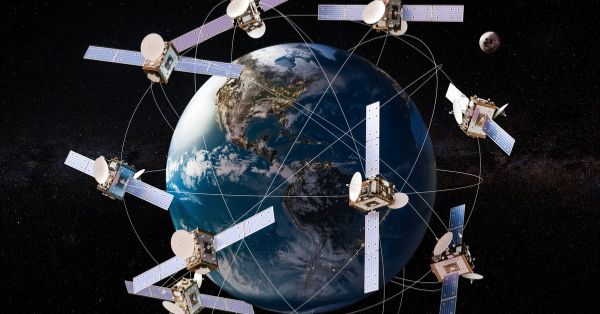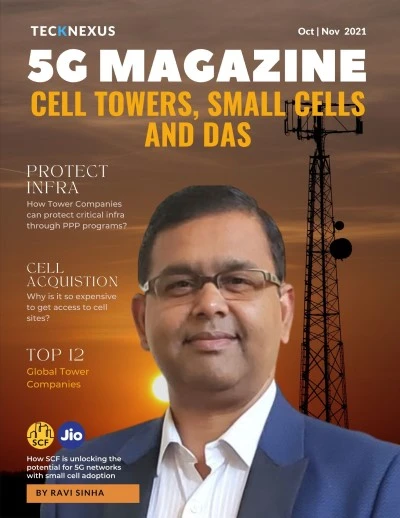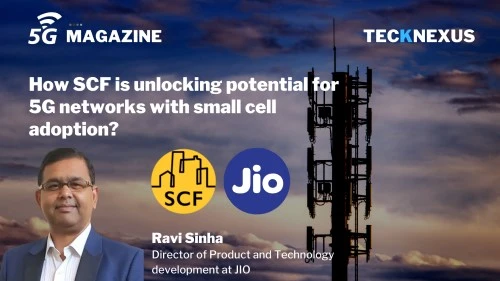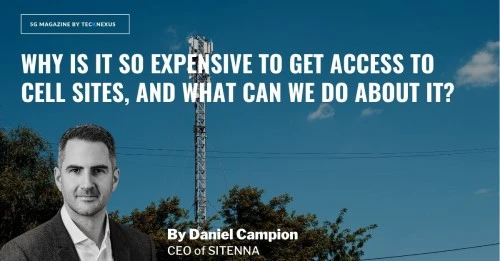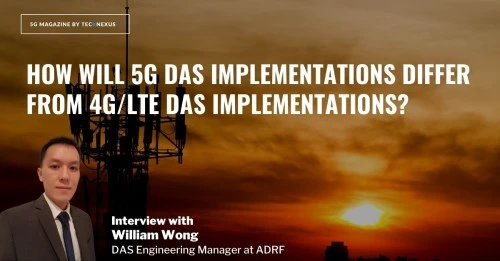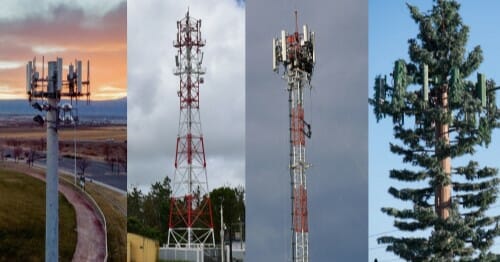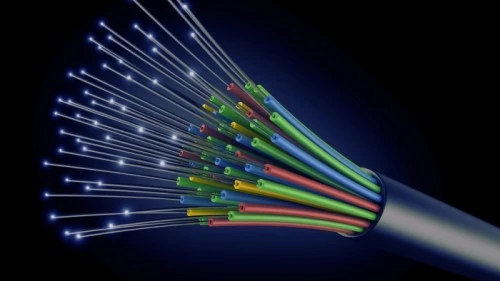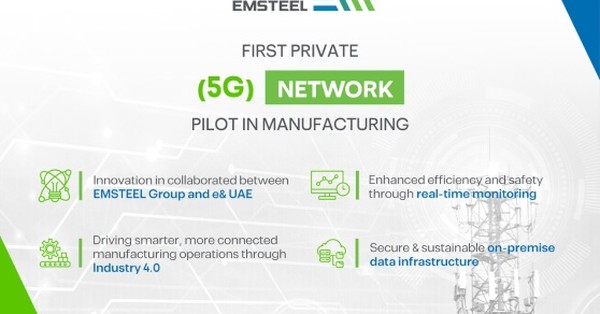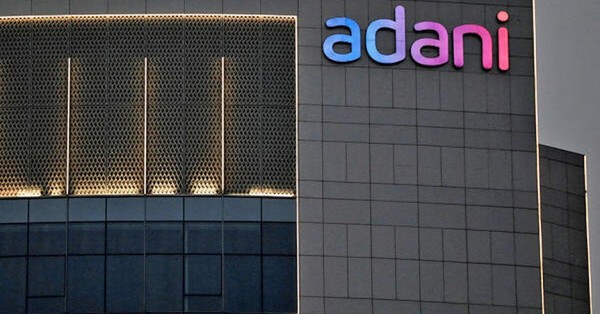Explore Private Networks characterstics, benefits, ecosystem players and the top industry verticals leveraging private networks. ...
Home » 5G Magazine » 5G Tower, Small Cells, DAS Edition | 5G Magazine » 5G Cells – What are Macro cells, Small Cells and DAS?
5G Cells – What are Macro cells, Small Cells and DAS?
What is the difference between Macrocells and Small cells? What are Femto cells, Pico cells, and Micro cells? What is Distributed Antenna System (DAS) & how it works?
Log In or Register to Access This Article
Login
Register
Feature Your Brand in Upcoming Magazines
Showcase your expertise through a sponsored article or executive interview in TeckNexus magazines, reaching enterprise and industry decision-makers.
Related Magazine Content
Discover the role of 5G in autonomous driving, covering technology, global trends, innovations, and regulatory insights. ...
Explore the impact of 5G in healthcare. Discover how 5G technology enhances patient care, increases efficiency, and drives innovation in healthcare. ...
Explore telco industry's journey towards sustainability, focusing on green networks and responsible corporate strategies. ...
Explore how 5G is revolutionizing sports with smart stadiums, improved fan experiences, operational efficiencies, and innovative marketing strategies. ...
Explore how 5G is transforming education and creating smart campuses, enhancing learning experiences and operations. ...
Explore the transformative impact of 5G on public safety, including enhanced communication, innovative uses, and future prospects. ...
Explore the transformative role of 5G in manufacturing, from integration challenges to future trends, and how it's reshaping industry operations. ...
Uncover the essentials of private 5G network security. Learn best practices for robust protection and understand key security comparisons. ...
In "5G Towers: From Basics to the Top 5G Tower Companies Globally," we take a deep dive into the realm of 5G towers. Uncover what 5G towers are, how 5G towers operate, the types of 5G towers, and discover the top 12 global 5G tower companies. We spotlight their current ...
Non-Terrestrial Networks (NTN), including satellite and related platforms, amplify the reach of 5G IoT, providing connectivity in remote or disaster-hit areas. With potential applications ranging from remote industrial monitoring to precision farming, the combination of 5G and IoT is ushering in a new era of digital transformation. Yet, challenges like ...
The age of connectivity we live in is marked by an explosion in smart devices and data consumption, underpinned by rapid urbanization and technological innovations. This necessitates superior communication infrastructure, especially with the rise of 4K/8K video streaming, online gaming, VR/AR, and shifts in work culture prompted by COVID-19. Despite ...
Satellite constellations are advanced networks of strategically placed satellites designed to offer extensive global coverage, overcoming the limitations of single satellite systems. They're pivotal in global communications, particularly in the era of 5G, enabling high-speed, low-latency connections. Different constellations operate at varying altitudes - Geostationary Earth Orbit (GEO), Medium Earth ...
The emergence of 5G Non-Terrestrial Networks (NTN) presents a revolutionary step in global digital connectivity, but it brings with it intricate regulatory and policy challenges. These directives play a pivotal role, influencing the design, services, and the very integrity of these networks. Key issues range from spectrum allocation and licensing ...
5G Non-Terrestrial Networks (NTN) promise a new horizon in global communication with high-speed, low-latency features. Yet, as they usher in this new era, they also introduce significant security and privacy challenges. Key vulnerabilities, such as signal jamming, spoofing, and eavesdropping, pose risks to data integrity and user privacy. Addressing these ...
Get an in-depth view of the 5G Tower industry, along with macro cells, small cells, and distributed antenna systems. Who are the global tower industry leaders? What are their solutions and 5G strategies? What are the new offerings in the market? Technology comparison between macrocells, small cells, and different categories ...
Interview with Ravi Sinha - How is SCF accelerating the adoption of small cells? What are focus areas, challenges, stakeholders & benefits? ...
What are the challenges of critical infrastructure? How can the PPP program accelerate infrastructure investment? Sample ongoing activities. ...
What are the issues that are driving the cost of cell sites to Telecom/5G Service Providers? Get details on the related issues along with the solution. An article by Daniel Campion, CEO of Sitenna. ...
Why is it taking so long to roll out 5G? What is the delay? What are the technical challenges that providers need to overcome? How network signal boosters can enhance 5G? ...
How should decision-makers prepare for 5G DAS deployments? Where should mmWave and C-band be deployed? What do you expect to see on the carrier front with 5G? What components are needed? ...
What are 5G Cell Towers? What is 5G Cell Site? What are the different types of 5G Towers? What are the different components of 5G Cell Towers? ...
What is 5G Tower Backhaul infrastructure? What is the role of fiber in backhaul infra? SWOT analysis of Fixed vs. Wireless Backhaul. ...
How to select and upgrade to 5G Towers? What are the criteria for cell coverage? What are the major challenges for deploying/upgrading a cell site? ...

Brand Connect
Amplify Your Brand & Boost Your Business
- Thought-Leadership Management
- Magazine Article
- Executive Interviews
- Whitepapers
- Research Reports
- Custom Research
- Blog Series
- Webinars
- Podcasts
- Advertorials
- Display Ads
- Event Partnership















